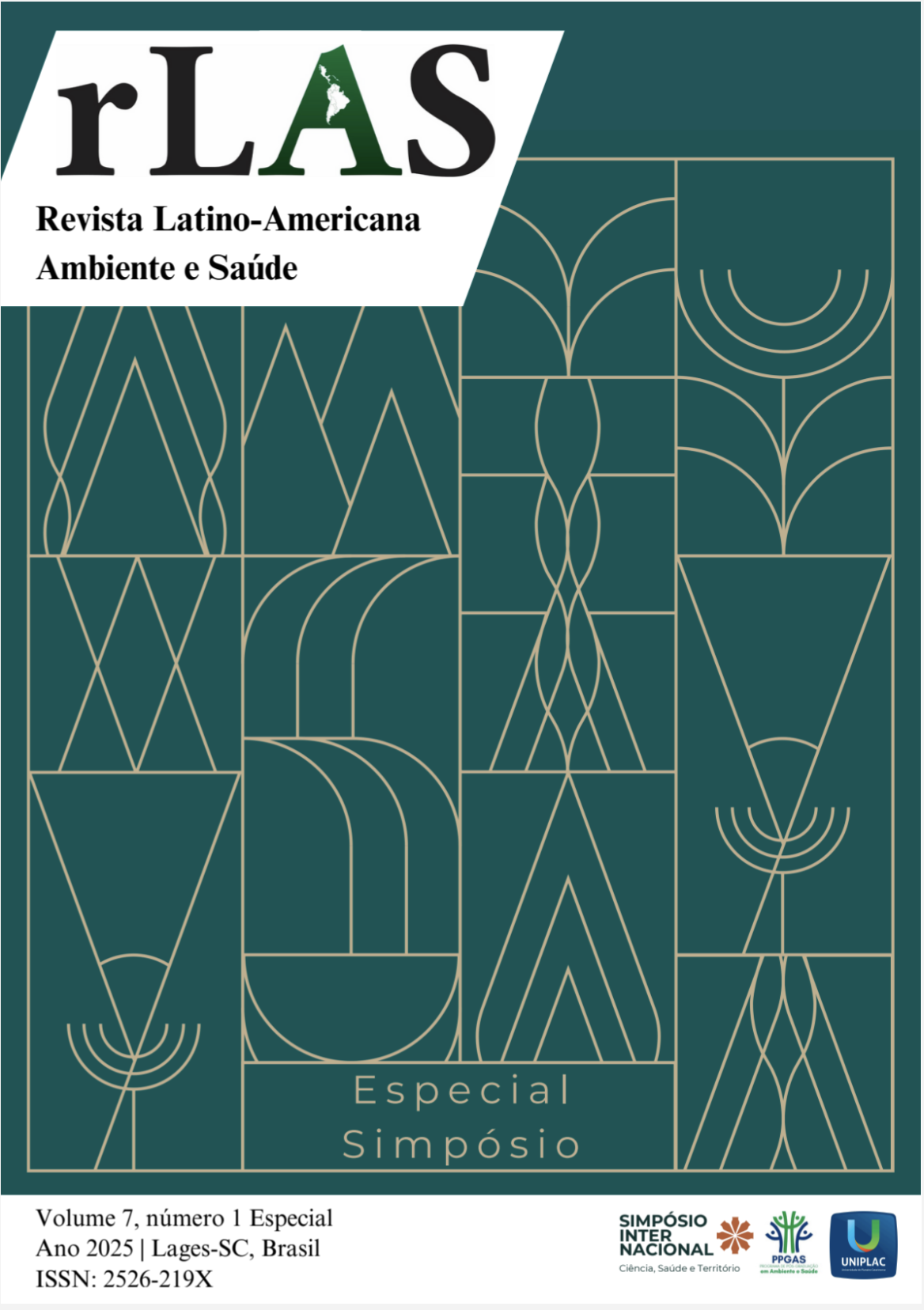Determination of the antioxidant activity of mango flour in the preparation of piranha meat sausage
Keywords:
sausages, mango flour, lipidic oxidation, sensory analysisAbstract
Fish meat has become an extremely important alternative to meet the needs of consumers who
increasingly demand foods with nutritional characteristics that are important for consumption.
A variety of products can be made with fish meat, such as sausages, hamburgers, kebabs,
meatballs, kibbeh, among others, which, in addition to being practical for consumption,
diversifies the products available to consumers. This study aimed to analyze the antioxidant
potential of mango peel flour (Mangifera indica L.) produced in the São Francisco Valley in
the preparation of Piranha meat sausage (Serrasalmus nattereri) and evaluate them
physicochemically and sensorially. Sausages were prepared using Piranha meat and mango peel
flour as a natural antioxidant. Products were manufactured, part without the addition of mango
flour (control) and part with the addition of flour, constituting the respective proportions (1%,
2% and 3%). The TBARs and Sensory Analyses were performed on days 0 and 30 of
manufacture. For TBARs, on day 0 of manufacture, there were significant differences between
treatments T1 and T4, however, treatments T2 and T3 did not differ statistically from each
other. After 30 days of manufacture, the means of treatments T1, T2 and T3 did not differ
statistically, except for the mean of treatment T4, which showed a statistically significant
difference (p<0.05). For the Sensory Evaluation, the means of the treatments related to 0 (zero)
and 30 days of manufacture, submitted to analysis of variance (ANOVA) and the means
compared by the Tukey test at 5% probability using the ASSISTAT program (2016), did not
differ statistically from each other. In this experiment, the mango peel flour did not demonstrate
its antioxidant potential on the days analyzed, however, the sensory characteristics of the
product did not change with the addition of the flour, demonstrating good results. Further
studies are needed regarding the use of mango residue as a natural antioxidant.
References
ALMEIDA, N.M. et al. Determinação do índice de rigor mortis e sua relação com a
degradação dos nucleotídeos em tambaqui (Colossoma macropomum), de piscicultura e
conservados em gelo. Ciência Rural, Santa Maria, p. 698-704, 2005.
CAMPOS, R.M.L. et al. Fatty acid and volatile compounds from salami manufactured with
yerba mate (Ilex paraguariensis) extract and pork back fat and meat from pigs fed on diets
with partia replacement of maize with rice bran. Food Chemistry, v. 103, p. 1159-1167,
CORREIA, R.T.P. et al. Avaliação química e sensorial de linguiças de pescado tipo frescal.
B. Ceppa, v. 19, n. 2, p. 183 - 192, 2001.
OLIVEIRA, J.S. et al. Avaliação microbiológica e sensorial de “fishburguer” elaborado a
partir da farinha do resíduo de camarão Litopenaeus vannamei. Instituto Federal de
Ciências e Tecnologia do Ceará-IFCE, 2010.
OSAWA, C.C.; FELÍCIO, P.E.; GONÇALVES, L.A.G. Teste de TBA aplicado a carnes e
derivados: métodos tradicionais, modificados e alternativos. Química Nova, v. 28, p.655-663,
PEREIRA, M.G. Aplicação de antioxidantes naturais em carne mecanicamente separada
(CMS) de ave. 125 f. Dissertação (Mestrado em Ciência e Tecnologia de Alimentos),
Universidade Federal de Santa Maria, Santa Maria, 2009.
RAHARJO, S.; SOFOS, J.N.; SCHMIDT, G.R. Improved speed, specificity, and limit of
determination of an aqueous acid extraction thiobarbituric acid-C18 method for measuring
lipid peroxidation in beef. Journal of Agricultural and Food Chemistry, v.40, p. 2182 -
, 1992.
SANTOS, C.A.A.; COELHO, A.F.S.; CARREIRO, S.C. Avaliação microbiológica de polpas
de frutas congeladas. Ciência e Tecnologia de Alimentos, v.28, p.913-915, 2008.
SANTOS, M.F.; MATTOS, S.M.G. Avaliação do potencial aquícola em corpos d’água de
domínio da união no estado de Pernambuco. Revista Engenharia de Pesca, v.4, n.1, p. 110-
, 2009.
SOUZA, B.C.S. et al. Avaliação sensorial de hambúrguer elaborado com farinha da casca de
acerola e carne de Piau (Leporinus sp.). CONBRAVET, Salvador-BA, 2013.


